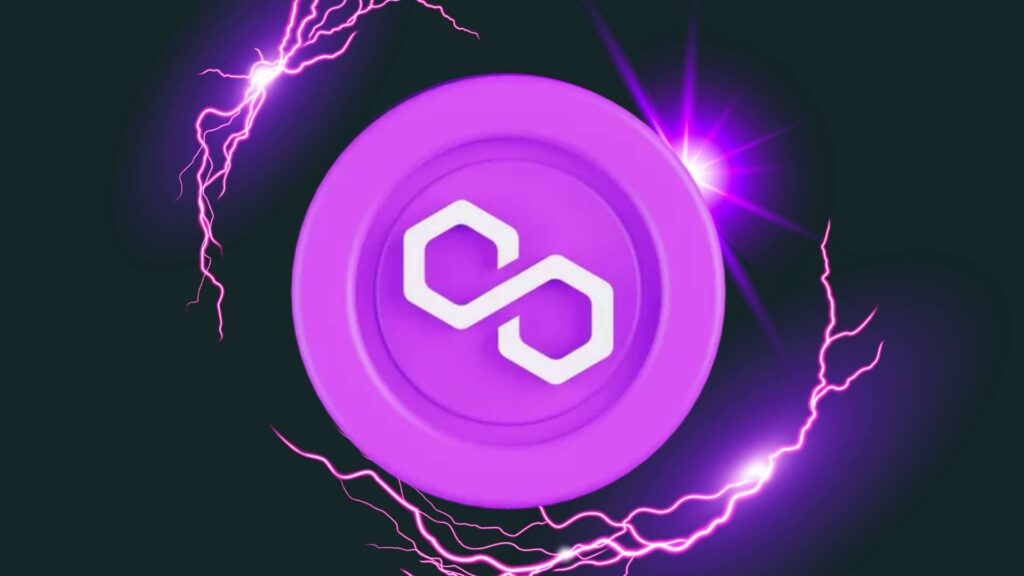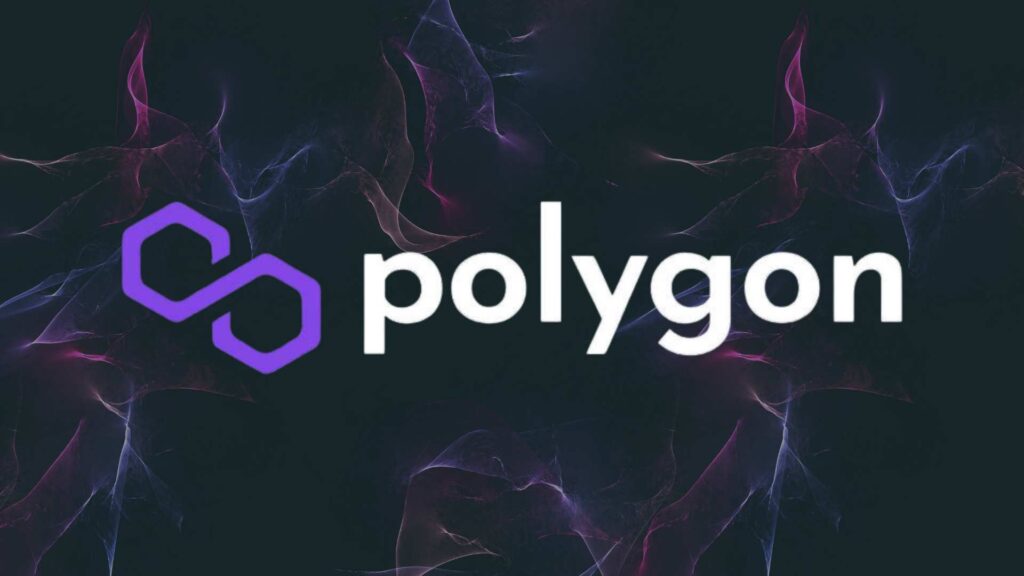What is a Polygon (MATIC)?
Polygon Definition:
Polygon acts as the sidechain or Level 2 scaling mechanism of Ethereum. It provides faster transaction speeds and lower charges. The native currency in this network called MATIC serves several purposes including payment of fees, staking and governance. You can buy and sell MATIC in brokerages like Coinbase.
Why Polygon?
Ethereum is the base of multiple economies is Ethereum, serving from NFT marketplaces and games to fast-growing DeFi empire. These applications are possible as a result of the support that Ethereum offers for smart contracts. Nevertheless, increasing acceptance of these apps translates to an increased number of transactions which raises fees for transactions (also “gas fees”). This renders it less competent for little or common investments within Ethereum.
Suggested Read: Neiro Ethereum: Market Cap, Purchase Options, & Controversies Explained
Polygon’s Role:
Polygon resolves this problem by offering a Layer 2 scaling solution popularly referred to as a “sidechain.” It operates alongside the Ethereum blockchain, helping to ease congestion on the primary network.
Overview of Polygon (MATIC)
| Feature | Polygon | Ethereum |
| Type | Layer 2 scaling solution | Main blockchain |
| Native Token | MATIC | ETH |
| Transaction Speed | Faster due to Layer 2 mechanism | Slower during high network activity |
| Transaction Fees | Low | High |
| Smart Contract Compatibility | Yes | Yes |
What is the MATIC?

Polygon has its own cryptocurrency, MATIC, which serves multiple roles:
- Transaction Fees: MATIC is used to pay for transactions on the Polygon network.
- Staking: MATIC holders can stake their tokens to help secure the network.
- Governance: MATIC holders have voting rights on network upgrades and changes.
History:
- Launched as Matic Network in October 2017.
- Rebranded as Polygon in early 2021, reflecting its expanded vision of being a broader scaling solution for Ethereum.
How Does Polygon Work?
To understand what a polygon is in this context, think of it as an express train compared to the local train (Ethereum):
- Express Train (Polygon): Fewer stops, faster travel.
- Local Train (Ethereum): More stops, slower but thorough.
Polygon uses several technologies to build this express parallel blockchain:
- Proof-of-Stake (PoS) Consensus:
- Validators: Verify transactions and add them to the blockchain. They earn rewards in MATIC but must run a full-time node and stake their MATIC.
- Delegators: Indirectly stake MATIC by choosing a trusted validator. This requires less commitment but still carries risk if the validator performs poorly.
- Bridging:
- Users can “bridge” their cryptocurrencies (like stablecoins) from Ethereum to Polygon.
- This allows interaction with various dApps on the Polygon network at lower costs.
Key Features of Polygon
- Low Fees: Transactions on Polygon cost a fraction of a cent, making it ideal for small or frequent transactions.
- Speed: Near-instant transaction confirmation due to the Layer 2 design.
- DeFi Access: Access decentralized exchanges (DEXs) like QuikSwap, lending protocols like Aave, and NFT marketplaces like OpenSea.
- Staking & Earning: Users can stake MATIC to earn rewards while helping secure the network.
How to Get Started with Polygon?
Steps to Start:
- Set Up a Wallet: Use a compatible wallet like Coinbase Wallet.
- Bridge Crypto: Transfer some cryptocurrency (often stablecoins) to the Polygon network.
- Obtain MATIC: You’ll need MATIC to cover transaction fees—just a small amount is sufficient due to low fees.
Applications:
- DEXs: Trade assets on QuikSwap or SushiSwap.
- Lending: Earn yields on protocols like Aave.
- NFTs: Buy and sell NFTs on platforms like OpenSea.
- Gaming: Engage in “no-loss prize games” like PoolTogether.
Also Read: ETH Price Prediction 2025 & 2030: Will Ethereum Recover?
Summary-
The technology behind Polygon is an exceptional Layer 2 scaling system that enhances the transaction speed and lowers transaction cost and still remains compatible with Ethereum’s blockchain. With this knowledge of what Polygon and MATIC entail, you can make the right decisions when choosing to either trade, stake or even explore DeFi applications on this platform.
For more such informative reads, stay tuned at ReadingCrypto!
Disclaimer: This post is intended solely for informational purposes and should not be taken as legal, tax, investment, financial, or any other form of advice. Although all the information provided is true to the best of our knowledge, it is advisable to research well before making any kind of investments or decisions in general. The team of ReadingCrypto bears no responsibility in the event of any adverse outcomes.




